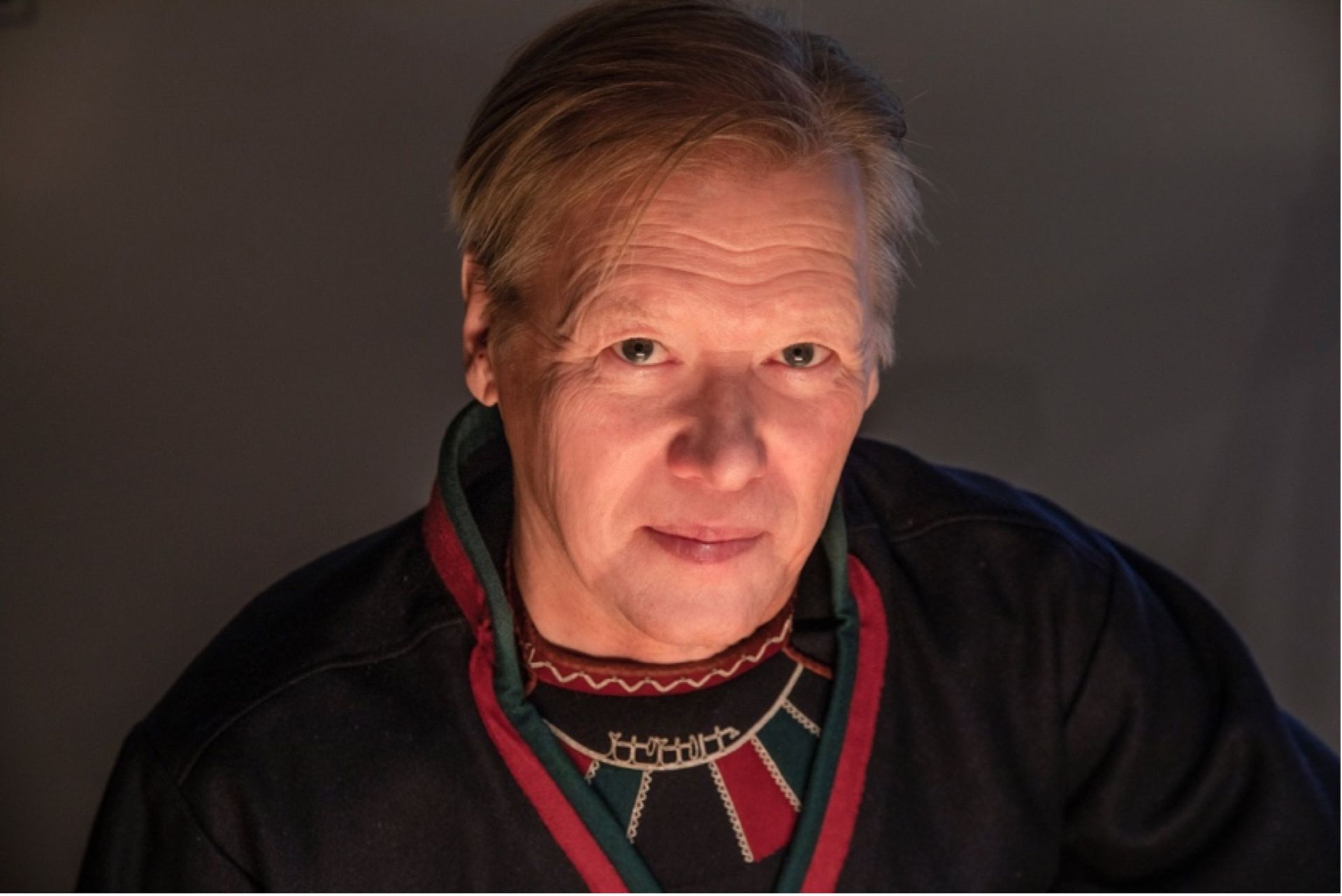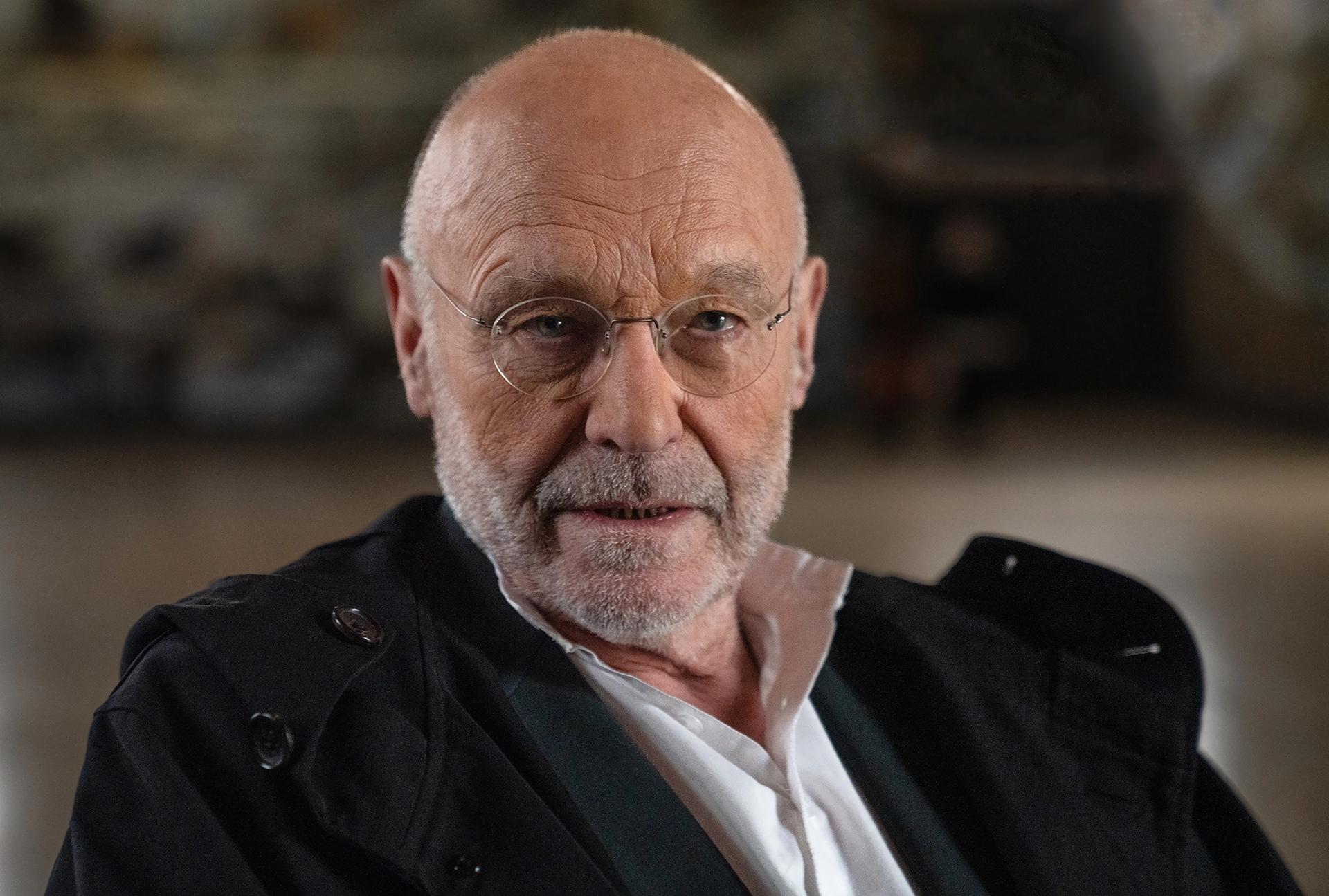Queen Sonia of Norway has described art as a “unifying force”, especially at a time of deep political polarization in Europe and around the world. Right-wing and far-right parties are expected to make headway in this week’s European elections, although Norway is not part of the EU and therefore Norwegians will not vote.
Speaking at the Queen Sonia Print Awards (QPSA) ceremony in Bodø, northern Norway, on Wednesday evening, the Queen stressed the importance of open communication and culture in “turbulent times”. “We have to keep moving forward,” she added. Bodø will become one of Europe’s three cultural capitals in 2024, with at least 1,000 events planned throughout the year.
Historian and TV presenter Simon Schama gave a lecture on the history of printmaking and the work of Anselm Kiefer, thanking Queen Sonia not only for “promoting the art of printmaking” “Extraordinary work of importance” and thanks her for serving as “guardian” and “angel of cultural integrity” now that “the age of the threat of artificial intelligence has arrived”.
Kiefer wins Lifetime Achievement Award at Queen Sonia Prize for Printmaking, Sami artist Tomas Colbentson wins 2024 Queen Sonia Prize for Printmaking, Swedish artist Maria Kayo Mpoyi Won the QSPA Inspirational Award. Queen Sonia said she was “pleased” that this year’s prestigious award was awarded to a Sami artist. “Thomas Colbenson’s work is already in museum collections, and I hope this award will make his work more widely known internationally,” she said.

Sami artist Tomas Colbentson wins 2024 Queen Sonia Printmaking Award Photo by Elizabeth Olson
cultural destruction
Korbentsen spoke of his anger at the near destruction of Norwegian Sami culture in the first half of the 20th century. Today, Sami culture and art are receiving renewed attention, although indigenous communities still face the loss of livelihoods and identity due to a lack of respect for their rights. In Norway, an attempt to switch from oil and gas to wind power means that land traditionally used by the Sami people to herd reindeer has been used to install turbines.
One measure of great art is that it can make you lose sleep
Simon Schama, historian
Schama’s lecture on printmaking centered on conflict rather than peace. The historian reluctantly took issue with Norwegian playwright and Nobel laureate Jon Foss, who said in March: “War and art are antithetical, just as war and peace are antithetical. – It’s that simple. Art is peace.
Schama retorted: “It would be great to think of art as a transmitter of peace. But frankly I’m not sure about that. I don’t know anyone who has been exposed to the Sistine Chapel, to Caravaggio, to Jackson Pollock, anyone who has been exposed to one of the great works of Anselm Kiefer will feel calmer. I think one of the measures of great art and great history is that art has the ability to disturb the peace. It’s the thing that might keep you awake, even if there isn’t a midnight sun around.

German artist Anselm Kiefer wins Queen Sonia Printmaking Award for Lifetime Achievement Photo by Summer Taylor
villain masterpiece
Schama goes on to say that great art has “terrible manners.” He added: “The silent reverence in the gallery may trick you into believing that masterpieces are polite things, visuals that soothe, enchant and beguile, but in reality, they are thugs. The greatest works are ruthless and cunning. , will grab you by the head, calm you down, and then quickly rearrange your sense of reality.
Schama has been writing about Kiefer’s oeuvre, which includes large-scale prints, paintings and sculptures, for decades. Rooted in his post-Nazi Germany upbringing, Kiefer constantly grapples with humanity’s dark underbelly in his work. As Schama puts it, Kiefer is an “unparalleled master” of the relationship between “nature, pain and memory.” Schama believes that perhaps by facing pain, tragedy and cruelty, a great work of art may bring you some sense of peace.

